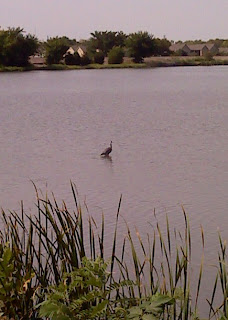I'm a big fan of the NEXT BLOG link. Clicking my way through strangers' posts is surprisingly fun. I can't understand at least a third of them--it seems that Blogspot has quite a user base in South America--and I rarely read any of the posts closely. But it's interesting to see what other people blog about.
So far, I've seen three main types of posters on Blogspot:
- Families: Many young couples are using Blogspot to record their children's early years. These blogs always involve lots of pictures and cute stories. Maybe these couples live far away from their extended families, or maybe the mother or father just feels the need to write and focuses on their family for content. Either way, it's a great way to record the kind of events and images that are so often lost to children because they're stored only in memory. These kids will be able to go back and look at their parents' posts for the rest of their lives (or at least as long as Google stays in business), and that's pretty amazing.
- Crafters: I've seen everything out there, from hand-made cards to belly dancing costumes to crocheted doilies. Sometimes the bloggers are selling their wares, and sometimes they just like to write about what they've made, often in excruciating detail. But I sort of love these sites. They're usually maintained by quietly passionate women trying to share something they love. A blog gives them the chance to communicate their passion to the blogosphere, even if no one ever buys their hand-painted porcelain kittens figurines.
- Travelers: Blogging must be an inexpensive, convenient way to let others know you're alive and having fun traveling through exotic lands (assuming, of course, that those exotic lands have the Internet). These sites always have lots of pictures, usually of wild looking foliage, towering buildings, and blurry-faced people in fleeces and sunglasses. Though these blogs are the most exotic, they're also the dullest: the scenery is always beautiful in the same flat way, and the experiences of travel (wonder, delight, fatigue, and alienation) aren't terribly interesting unless you're the one feeling them (which is why everyone loathes looking at everyone else's photo albums). But I know that these sites must be fascinating to their owners and to their friends and family, and they show how blogs can used to communicate directly with loved ones.
Blog browsing reminds me that everyone loves something, from the smallest thing to the biggest, and that exploring that love through writing is what really matters.




















